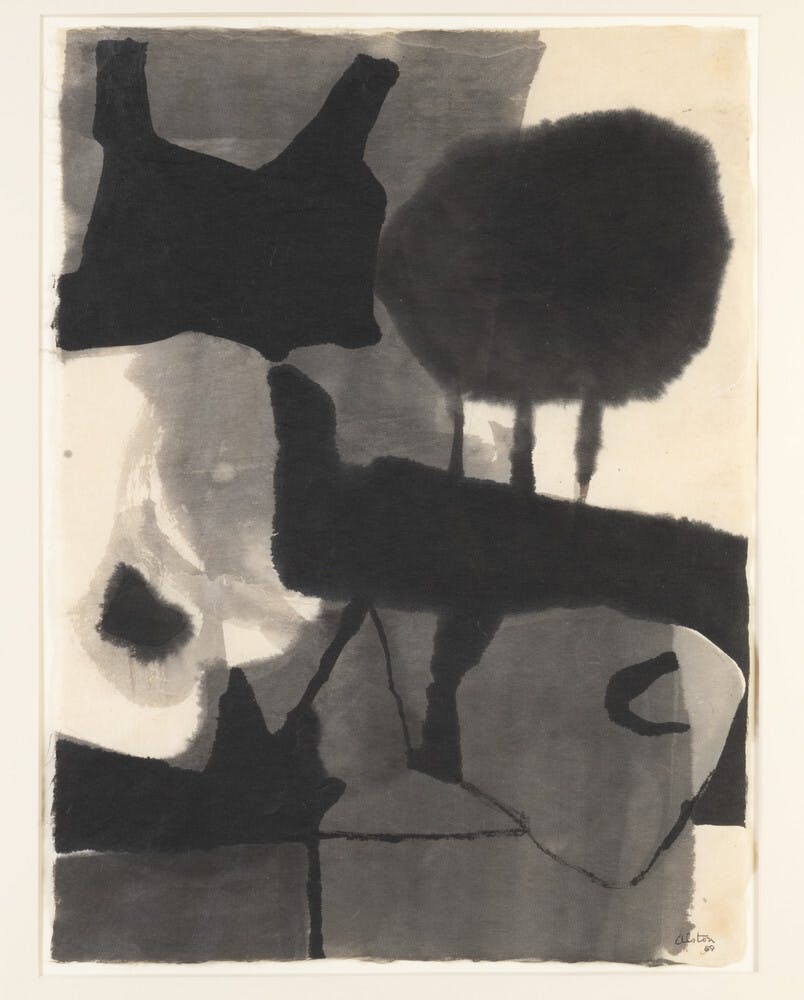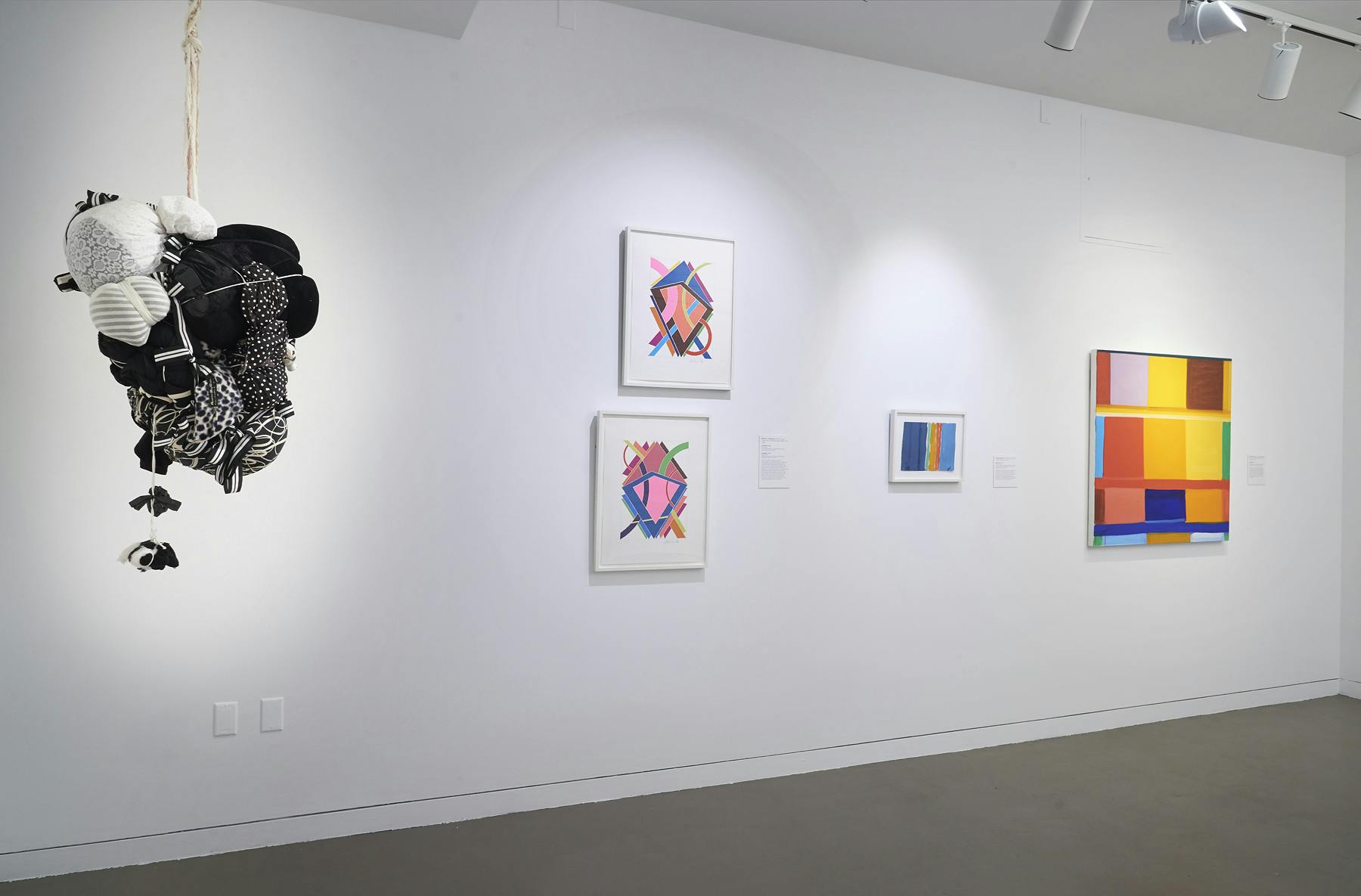Charles Alston
(1907–1977)Through his roles as an influential teacher and activist, Charles Alston dedicated his life to the cultural enrichment, artistic advancement, and empowerment of Black Americans.
Biography
A foundational figure of the Harlem Renaissance, Charles Alston moved to Harlem from North Carolina in 1915. Through his roles as an influential teacher and activist, he dedicated his life to the cultural enrichment, artistic advancement, and empowerment of Black Americans.
After mastering an Academic Realist style as a teenager, Alston became increasingly interested in African art and aesthetics while in graduate school at Columbia University Teacher’s College. After graduating, he remained in Harlem and cofounded the Harlem Art Workshop in 1934. In response to a need for additional space, he secured a facility at 306 West 141st Street, or “306,” which would serve as a center for creative minds in Harlem, including Ralph Ellison, Augusta Savage, and Richard Wright.
In 1935, Alston became the first Black supervisor for the Federal Art Project when he received an assignment to direct the Works Progress Administration (WPA) murals in Harlem Hospital. The Federal Art Project approved his designs, which were heavily influenced by the work of Mexican muralism, jazz music, and Social Realism, but the hospital administration rejected the works for an excess of African American subject matter. The hospital eventually allowed production of the murals to proceed after protests and extensive press coverage and, in 1936, two were exhibited at the Museum of Modern Art. In response, Alston also cofounded the Harlem Artists Guild in the hope of convincing the WPA to fund more Black artists. In 1963, he became a founding member of Spiral, an artist collective that sought to contribute to the civil rights movement by increasing gallery and museum representation for Black artists.
Alston earned a BA from Columbia University and an MA from Columbia University Teachers College. The Studio Museum has presented Alston’s work in group exhibitions such as Invisible Americans: Black Artists of the 30’s (1968); New York/Chicago: WPA and the Black Artist (1978); and Challenge of the Modern: African-American Artists 1925–45 (2003).
Exhibitions and Events
Charles Alston
(1907–1977)Through his roles as an influential teacher and activist, Charles Alston dedicated his life to the cultural enrichment, artistic advancement, and empowerment of Black Americans.
Untitled, 1969
Biography
A foundational figure of the Harlem Renaissance, Charles Alston moved to Harlem from North Carolina in 1915. Through his roles as an influential teacher and activist, he dedicated his life to the cultural enrichment, artistic advancement, and empowerment of Black Americans.
After mastering an Academic Realist style as a teenager, Alston became increasingly interested in African art and aesthetics while in graduate school at Columbia University Teacher’s College. After graduating, he remained in Harlem and cofounded the Harlem Art Workshop in 1934. In response to a need for additional space, he secured a facility at 306 West 141st Street, or “306,” which would serve as a center for creative minds in Harlem, including Ralph Ellison, Augusta Savage, and Richard Wright.
In 1935, Alston became the first Black supervisor for the Federal Art Project when he received an assignment to direct the Works Progress Administration (WPA) murals in Harlem Hospital. The Federal Art Project approved his designs, which were heavily influenced by the work of Mexican muralism, jazz music, and Social Realism, but the hospital administration rejected the works for an excess of African American subject matter. The hospital eventually allowed production of the murals to proceed after protests and extensive press coverage and, in 1936, two were exhibited at the Museum of Modern Art. In response, Alston also cofounded the Harlem Artists Guild in the hope of convincing the WPA to fund more Black artists. In 1963, he became a founding member of Spiral, an artist collective that sought to contribute to the civil rights movement by increasing gallery and museum representation for Black artists.
Alston earned a BA from Columbia University and an MA from Columbia University Teachers College. The Studio Museum has presented Alston’s work in group exhibitions such as Invisible Americans: Black Artists of the 30’s (1968); New York/Chicago: WPA and the Black Artist (1978); and Challenge of the Modern: African-American Artists 1925–45 (2003).





